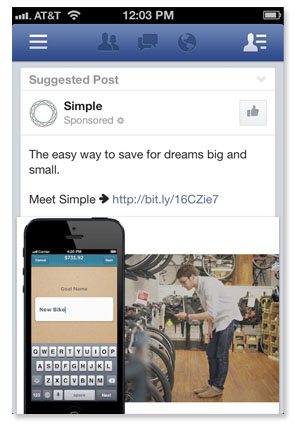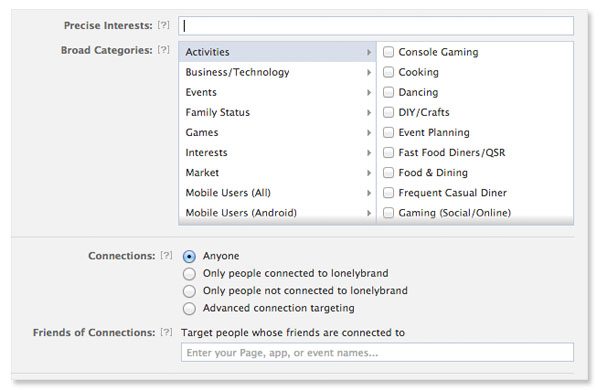
Remember the good laugh we all had last May when Facebook made its disappointing Nasdaq debut? The beatings that continued throughout 2012 earnings calls, or when the tech press unanimously diagnosed Facebook with what it called a “mobile monetization problem”?
Fast forward to Wednesday’s earnings call, when Facebook victoriously emerged to prove those down-putting tech pundits wrong. As of July 24, 2013, mobile makes up 41% of Facebook’s total ad revenue and is predicted to surpass desktop ad revenue any day now. What’s the magic formula for Facebook mobile ads? It’s a three-parter.
1. Sandwiched in the content users really want
Over the course of a day, how many times do you pull up your Facebook app? It’s quickly become part of our wake-up, public transit and general downtime routines. And since there are now ads sandwiched between my schoolmates’ engagement announcements and relatives’ long-winded political rants, paid brand content has also become a part of those day-wide routines, too. For the record, at the earnings call Zuckerberg noted that there is a ratio of about one ad for ever twenty pieces of organic content (debatable, in my opinion). 
2. Visuals
Facebook is by nature a very visual platform, and the same is true for the network’s mobile ads. In the Suggested Post below, the visual is not only beautiful and eye-catching, it quickly tells the story of what the product does. Picture yourself lackadaisically scrolling through Facebook on your phone while. What gets you to pause and take a closer look — an image, or a block of text? 
3. Relevance
Just like with desktop Facebook ads, mobile ads can be targeted down to not only broad interest categories (Business/Technology, Music, Travel) but precise interest associated with Facebook likes. You can also pull in the Social Graph to target based on connections to pages and people. 